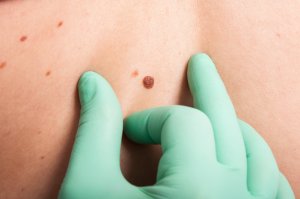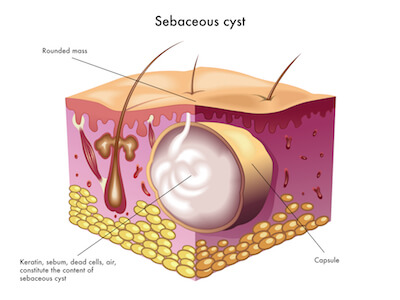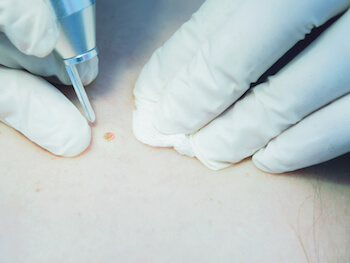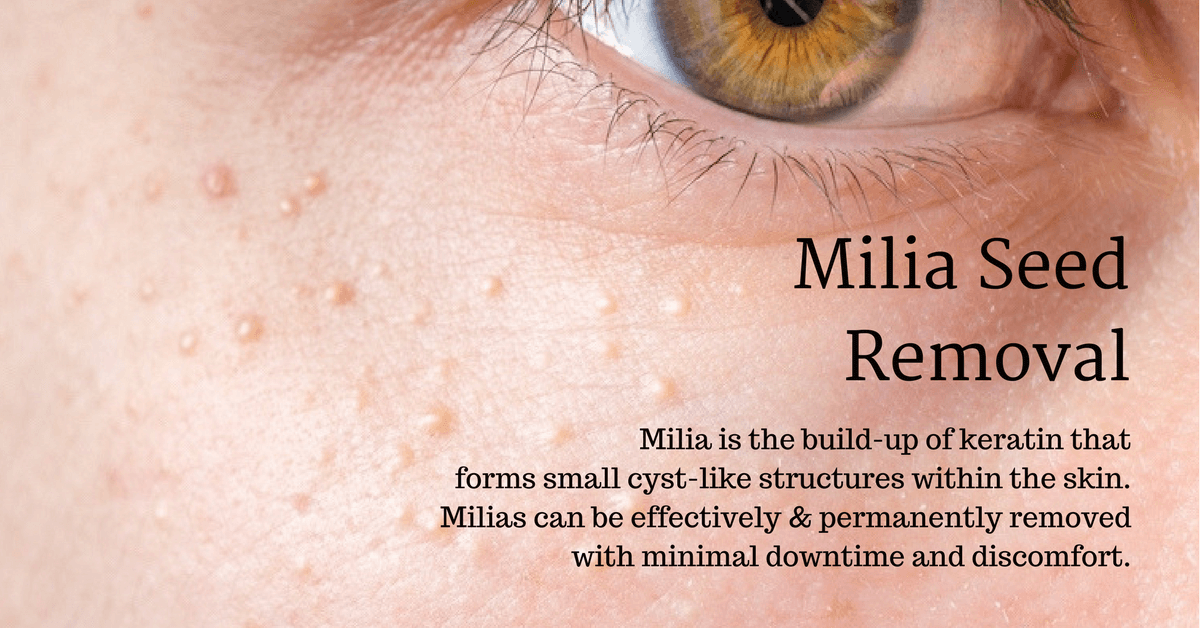
Milia Seed Removal
Milia seeds are common small pearly white bumps found under the skin.
Clear your skin from milias with effective treatments.
- Professional | Established | Trusted
- Permanent Milia Seed Removal
- Low Downtime Procedure
- From $380 onwards

What Are milia seeds?
Milia seed removal is a common procedure. Milia seeds appear as pearly white bumps under the skin. Often multiple, they are found around the eyes and cheeks, and arise commonly in both men and women. While most milia seed will disappear by itself over time, some individuals request milia seed removal. Usually the simplest and most cost effective method is all you need for most cases.
Why do i get Milia Seeds?
Milia are very common small superficial cyst found in the upper layer of the skin called the epidermis. They are tiny white to yellow coloured bumps under your skin (usually <3mm), and are commonly found around the eyes and cheeks. Many people mistaken milia seeds to be linked to the intake of oily food, but this has not been proven. Milia seeds can appear on other areas on the body after a triggering event. For example, after skin trauma, burns and certain skin conditions.
Can newborns get milia?
Milia are very common in babies, affecting 40-50% of newborns. Milia arising from this young age may be related to the immaturity of the follicles in the skin. They are found on the face, nose, and sometimes inside the mouth. The majority of cases heal by itself in a few weeks to months after birth.

What are the Different Types of Milia?
Milias are classified as to whether they arise spontaneously (primary) or develop as a result of an event (secondary).
Primary Milias inlcude:
- Congential (common)
- Benign primary milia (common)
- Milia-en-plaque (rare)
- Multiple eruptive milia
- Genodermatoses
Secondary Milias include:
- Disease e.g. infection, inflammation
- Medication e.g. topical steroids
- Trauma e.g. abrasions, dermabrasion, skin grafting.
- Ablative laser resurfacing
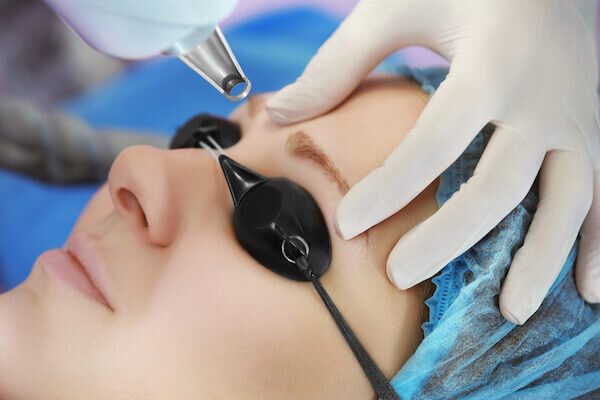
Milia Seed Removal Treatment:
For widespread milia, topical retinoids is an option. Since milia are caused by trapped keratin (a protein found in skin cells) in the pores, retinoids can help prevent new milia from forming and aid in the resolution of existing ones.
Incision technique uses a needle to gain access to the top layer of the skin. The milia is manually expressed.
Electrosurgery involves burning. Heat is applied to the milia which is then extracted out.
Lasers work by precisely vaporising the upper layers of the skin. The milia is removed by extraction. Healing times are faster.
Most milia can be left alone. There is a chance that milia will resolve by itself in a couple of months. For persistent milia, especially when it causes concern, treatment options are available at APAX Medical & Aesthetics Clinic. The type of milia treatment would depend on the number, size and location of where the milia is found. Milia treatment options include simple extraction, electro-surgery, cryotherapy and laser surgery. A consultation with Dr Moses Ng, an experienced and skilled laser surgeon will determine the best milia seed removal treatment for you.
Frequently Asked Questions About Milia Seed Removal
A topical or local anaesthetic is used prior to your procedure to maximise your comfort. The procedure itself is tolerable and almost painfree.
Most individuals recover within 5-7 days as milias are small.
While it’s possible to remove milia seeds at home, it’s generally recommended to seek professional assistance from a dermatologist or esthetician to minimize the risk of scarring or infection.
To help prevent milia seeds from forming, it’s essential to practice good skincare habits such as regular exfoliation, using non-comedogenic skincare products, and avoiding heavy or greasy creams. Additionally, protecting your skin from sun damage can also help reduce the risk of developing milia seeds.
There will be some expected bruising, swelling and scabbing after the procedure. These are temporary and will resolved within a week.
Absolutely. There are many factors contributing for the return of your milia. The milia seed removal procedure is to improve the cosmetic appearance only.
This depends on the site, number and complexity of the removal. Procedural fee is from $380 onwards.
Request a CallBack
Get in touch with us with any questions, pricing, or bookings.
Or give us a call at +65 6769 6007 | WhatsApp us +65 9855 3022

milia seed removal
Milia seeds can be difficult to remove as they seldom pop out just by squeezing. In our daily practice, milia seed removal is carried out using the ‘Nick and Extract’ Method. This involves piercing the upper layer of the skin with a surgical blade or needle, and the milia are expressed out using a comedome extractor. Other treatment options for milia seed removal involves electrosurgery and laser surgery, but usually the least traumatic and simplest way is all you need.
Dr. Moses Ng
Related Information:
References:
- Berk DR, Bayliss SJ. Milia: a review and classification. J Am Acad Dermatol. 2008 Dec. 59(6):1050-63.
- Thami GP, Kaur S, Kanwar AJ. Surgical Pearl: Enucleation of milia with a disposable hypodermic needle. J Am Acad Dermatol. 2002 Oct. 47(4):602-3
- George DE, Wasko CA, Hsu S. Surgical pearl: evacuation of milia with a paper clip. Journal of the American Academy of Dermatology. 2006 Feb 1;54(2):326.



